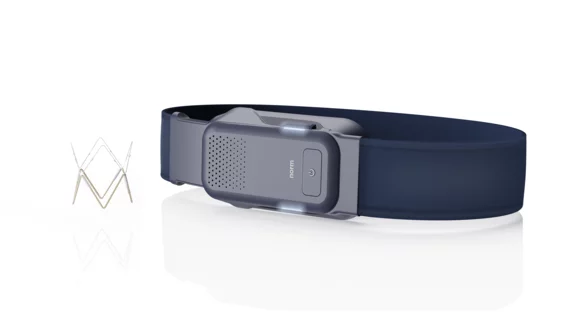Early feasibility study for implantable heart failure monitor moves forward
Startup vendor FIRE1 announced it completed patient enrollment in its U.S. early feasibility study for a heart failure remote monitoring device that directly measures a patient’s fluid volume status inside the inferior vena cava (IVC).
The company said the FIRE1 system is the first device designed to directly measure a patient’s volume status by measuring the largest vein in the body where most fluid is stored.
The FUTURE-HF2 feasibility study included 15 patients treated at five centers across the United States: Austin Heart Central at the Heart Hospital of Austin, NewYork-Presbyterian/Columbia University Irving Medical Center, Duke University Medical Center, Rochester General Hospital and The Ohio State University Wexner Medical Center.
“Fluid build-up is challenging to accurately measure today and results in unnecessary hospital admissions due to fluid overload that was not caught early enough to be managed in the home,” principal investigato Nir Uriel, MD, director of advanced heart failure and cardiac transplantation at NewYork-Presbyterian, said in a statement. “We are encouraged by our experience using the FIRE1 system and excited about the prospect of heart failure management becoming easier and more effective for both patients and for the clinical team.”
The FIRE1 device was created to transform heart failure management by enabling patients to monitor and control their fluid volume themselves with a consumer-friendly device at home. The vendor said this could be similar to how continuous glucose monitoring transformed diabetes care. Fluid overload is a classic clinical feature of heart failure, which affects more than 6 million people in the U.S. and is the most common cause of hospitalization for those aged 65 and over. Today’s heart failure monitoring technologies do not directly measure fluid volume in the IVC, resulting in lagging measurements that do not identify fluid overload early enough.
The FIRE1 system is a small, minimally invasive implantable sensor designed to accurately identify fluid build-up earlier, when it is easier to manage a patient without a hospital visit. The device is incorporated into stent-like structure that expands to hold the monitor in place on the wall of the IVC, similar to the placement of an IVC filter.
“It is gratifying to see the physician interest in our novel technology that earlier studies suggest should be a more sensitive measure than pressure in monitoring heart failure,” said FIRE1 CEO and President Conor Hanley. “We look forward to sharing the results of this study with the clinical community and conducting larger studies to validate the performance of the FIRE1 device. By enabling patients to better manage their fluid load, we hope to unload the burden on emergency rooms, helping hospitals focus on the most urgent patients who need immediate care rather than on acute management of heart failure.”
FIRE1 is headquartered in Dublin, Ireland, and has gained several investors, most notably Medtronic. The device is investigational and does not have regulatory clearance anywhere, but has ongoing feasibility trials in both Europe and the United States.
The Abbott CardioMEMS HF system is a similar implantable device technology for remote monitoring heart failure fluid build up, but is implanted in pulmonary artery (PA). That device was considered a paradigm shift in how heart failure patients can be proactively monitored when it gained U.S. clearance in 2014. The paperclip-sized device was first cleared for patient with New York Heart Association (NYHA) Class III heart failure patients with a prior heart failure hospitalization, but received an additional FDA indication in 2022 for use in Class II heart failure and for patients who undergo a blood test showing elevated levels of natriuretic peptide, which indicate worsening heart failure.

